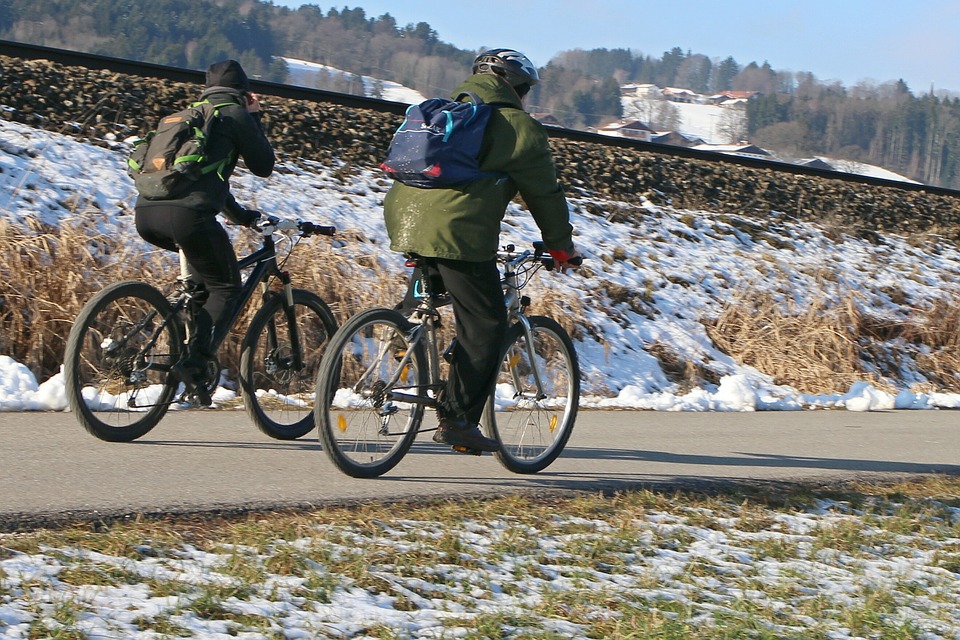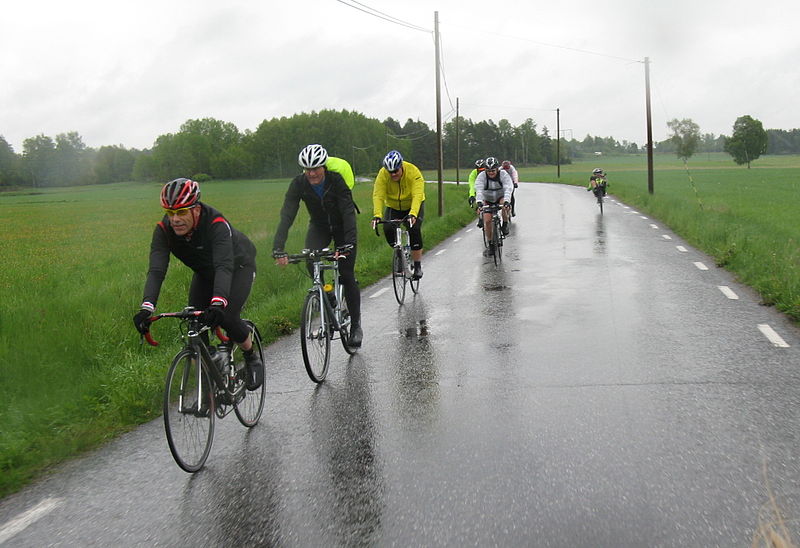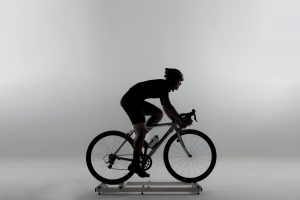Maintaining Winter Cycling Motivation

Maintaining winter cycling motivation can be incredibly tough. Many cyclists dread the onset of September. Traditionally, it hails the start of the winter (or at least wet) season and is a time when the resolve to actually get out on the bike and put some miles in is tested to the limit.
It’s rare to come across a cyclist who genuinely relishes and enjoys the prospect of winter cycling, and whilst there will undoubtedly be those days when the weather is throwing everything at you in the form of rain, wind, sleet or snow there will also be plenty of days where the winter sunshine comes out making for a very pleasant days riding, and you’ll be so glad you actually ventured out in the first place.
One of the hardest parts of riding in winter is actually mentally preparing yourself for the fact you may get a little wet or cold or be a bit slower than normal, but once you’ve overcome those obstacles then actually riding your bike is the easy thing. Below are some of our best tips for helping to maintain motivation over the winter months.
Set a target
One of the best mental motivators for winter is to set a target or goal. It can be a weekly, or monthly goal, such as the number of miles ridden, the number of rides ridden, or some other fitness based target such as weight loss etc. One important thing to do is to tell someone (or people) what your goal is so that they will hold you accountable for reaching that goal. Once you know what you want to achieve over the winter then the next thing to focus on is the practicalities of equipment and clothing.
The right bike (and accessories)
 If you’re lucky enough to be able to afford a winter bike, then you’re already halfway to banishing those demons. After all, what’s the point of buying a winter bike and not riding in the winter? If you don’t have a separate bike for winter, then converting an existing bike for winter riding is perfectly feasible.
If you’re lucky enough to be able to afford a winter bike, then you’re already halfway to banishing those demons. After all, what’s the point of buying a winter bike and not riding in the winter? If you don’t have a separate bike for winter, then converting an existing bike for winter riding is perfectly feasible.
First to consider is putting on the widest tyres you can. This will give you a bit more rubber on the road, hopefully resulting in more grip. Just don’t forget to leave room for mudguards to protect both you and the bike against spray and muck from the road.
Secondly, lights are an absolute must, and the brighter the better. We like to use an off-road light on the road in winter, but with the power turned down a little. This helps to conserve battery, but also gives you the option to turn to ‘full beam’ if necessary. Be careful not to dazzle car drivers with some of the ultra-bright off-road lights currently available. 600-800 lumens should be enough for roads without streetlights. Also consider a supplementary flashing light front and rear to give you a little extra visibility.
The right clothing
Probably more important than the right hardware is the right clothing. Clothing is a very personal thing so it’s difficult to recommend specific items. However, if you have a rain jacket, warm underclothing, a wind jacket, long bib tights, long fingered gloves, thin cap, overshoes and clear (or yellow) lens glasses you should be covered for all winter cycling eventualities. Much like having a winter bike, what’s the point of having the gear if you’re not going to use it?
One item of clothing we would recommend is a super high-viz jacket or gilet. When coupled with some decent lights, you will be very visible in the dark. (Click here for our review of the Pro-viz cycling jacket.)
Find a ride buddy (or buddies)
If you’re normally a solo rider, having someone else to ride with could be crucial. During those winter months it will give you the impetus to get out of bed, put on all the winter gear and roll out your winter steed. If you haven’t got a regular ride buddy then joining a club is one way to find someone to ride with. If there isn’t a club near you then check out British Cycling’s ‘Lets Ride‘ service. Thisallows people to create free group rides for themselves and others. You never know, it might just be the first step in starting your own club.
Find an indoor training option
The main crux of this article is to help you overcome lack of motivation for going out. So an indoor option probably sounds a bit counter-intuitive. However there will be days when the weather is so bad that it’s just too dangerous to go out. Think of heavy snow, torrential rain or icy roads. Having an indoor training option will at least keep the legs moving while you’re waiting for a break in the weather. If your own indoor training setup isn’t an option, then you may be able to utilise your local gym on a ‘pay per use’ basis when necessary. Of course, if you’re already a member of your local gym this is even easier. It might also be an opportunity to fit in some different types of training / exercise at the same time.
Run to the sun
If time and money allow, why not take your bike off to sunnier climes for a spot of ‘winter training’. It’s no accident that the pro race teams go to the likes of Majorca or Tenerife for winter training. The weather is usually guaranteed to be pretty good, and the terrain is varied enough to provide either a gentle flatish ride if you want one or a proper climb up to the top of a mountain if that’s your thing. If you’re taking your own bike abroad, then make sure you check out any airline restrictions or charges.
Grin and bear it
Once you have everything else in place, the only thing is to get out there and put the miles in. Whether it’s on the road or off-road, you (and your bike) may well get a bit dirty out there, but the sense of achievement when you get back from a ride made all the more difficult by the elements. Just don’t forget you will probably need to clean your bike when you get home. Once you’ve cracked your winter cycling obstacles, there’ll be no stopping you.
If you found this advice on winter cycling motivation helpful, please consider supporting us by buying a tea at www.buymeacoffee.com/cyclinglabs
Photo Credits:
Cyclists in the rain – Pereric, CC BY-SA 3.0, via Wikimedia Commons








